Growing Up TAPS: Understanding How Our Children Grieve
Author: Andy McNiel
There is a personal nature to how each of us grieves, and that individuality extends to our children and teenagers. They uniquely grieve the death of their person based on (but not limited to) their personality type, individual preferences, how they most feel comfortable being in the world, the nature of the relationship they shared with their person before they died, and where they are in their developmental process. Understanding their grieving style and coping style can be helpful as we, as their parents and guardians, navigate what role we play in their continued healthy growth and development.
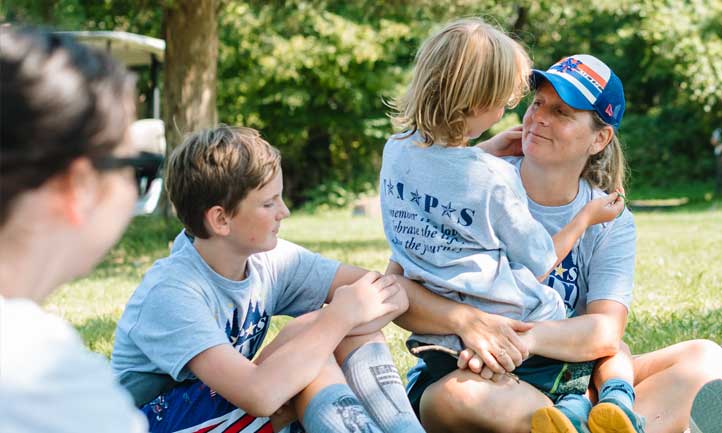
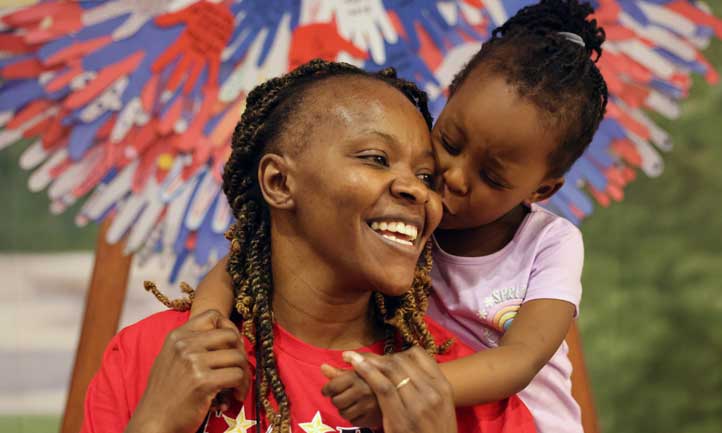
Common Grieving Styles
Let's look at a few grieving styles and what might be common reactions to loss at different developmental ages, keeping in mind that these generalizations will vary from person to person.
Private in Grief: Those Who Grieve More Quietly
It is important to first remember that quiet or private grief is not “absent” grief. Children and teenagers who are more private about their grief are still grieving. They likely have a personality type that is more comfortable expressing their grief when they are alone. This does not mean that they never outwardly share their grief with others or visibly emote, and this may vary widely from one person to another. One of the challenges for individuals with this style of grieving is that others may assume they are not grieving. Because of this, people who are more private with their grief may not have the same level of outside support from others in their family and circle of friends. We can support our children with this style of grieving by setting times to check in with them at appropriate intervals to see how they are doing.
Although they may not contribute to a conversation, grievers who are more quiet or private are still observing, taking in what others are sharing, and processing ideas for coping with the intense thoughts, emotions, and experiences grief is bringing to their lives. As their parents and primary caregivers, our acknowledgment and validation are important to their ability to adapt their loss into their lives as they grow into healthy adults.
Seen in Grief: Those Who Grieve More Visibly
The phrase, “the squeaky wheel gets the grease,” comes to mind when considering this style of grieving. Some children and teenagers grieve in a way that is more outward-facing and visible to others. This can manifest in many ways — some may be more visibly emotional, while others may be more talkative, using their words to share openly about their grief experiences with others.
Those children and teens who are more emotionally open might draw the attention of caring adults in their lives who worry they are struggling and are unsure how to offer help. Those who more openly share their grief might also lead their parents or caregivers to believe they are managing their grief well. In either case, the reality is that they need attention and support from their trusted adults. Whether we simply sit with them and comfort them or actively listen to and affirm them, we are letting them express their emotions and giving them room to grow with their grief.
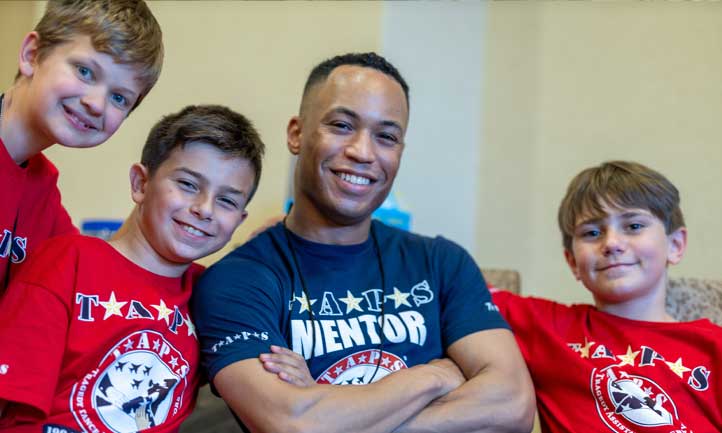
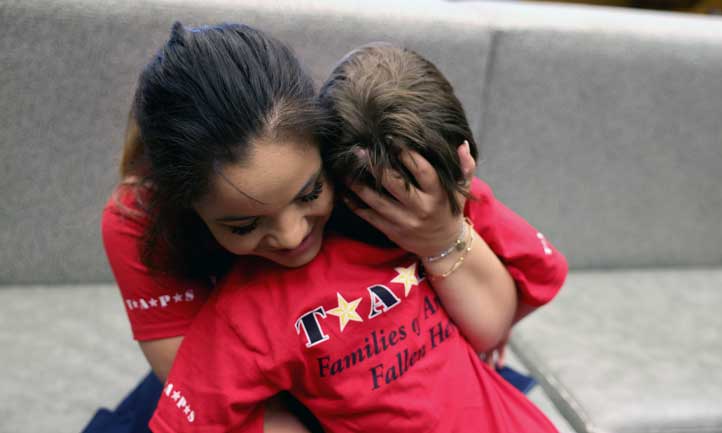
Postponed Grief: Those Who Tend to Avoid Grieving
At different times in grief, the pain is just too much to bear, and we might find ourselves doing things to avoid this discomfort. From time to time, this is certainly natural — even necessary — for people of all types of grief styles. There are those children and teenagers, though, who tend to use avoidance, denial, or distractions to postpone grief or keep themselves from experiencing grief altogether. This can look like focusing on making good grades, stepping into voids left by the person who died and taking on their roles, or staying so busy that they do not have to think about what happened and how it impacted them.
Parents and caregivers rightly worry about their children and teens who have this grieving style — concerned that their grief will show up at a later date and time much worse than if they had addressed it early on. While these concerns are valid, it is important to note that we cannot force a person to lean into their grief. People, including children and teenagers, deserve to do this on their own timetable.
Rather than pushing our children and teens to experience the intensity of their grief, we can focus on our relationship with them. Affirm them, spend time with them, and reassure them that we are there for them and will be there for them should they find themselves experiencing their grief on a deeper level in the future. Building, nurturing, and preserving a strong, supportive relationship will be important when their grief becomes more “front and center” down the road.
Whatever their grieving style might be — one of the three outlined here, a combination of these three, or some other unique way of being in the world — the greatest gift we can give our children and teens as their parents and caregivers is our time, attention, and support. Though it might not always be obvious to us, our children and teenagers need us.
Keystones of Grief for Different Developmental Ages Chart
The following chart outlines how a child’s developmental age can impact their understanding and experience of grief. It is meant to serve as a guide for parents and guardians supporting a child or teen in grief, but — of course — just as children grieve their own way, they also develop at their own pace and may match descriptions for varying developmental ages.
Age
Understanding
Experience
Birth - 2
years
▸ Lack a language to express themselves
▸ Live in the moment
▸ Search or long for the person who died
▸ Might want to be held more often
▸ Might have trouble sleeping
3 - 5
years old
▸ No understanding of the permanence of death
▸ Potential awareness that someone is missing
▸ Experience “magical thinking” about death
▸ May have periods of crying, sadness, and acting out, followed by periods of acting as if nothing happened
▸ Experience regressive behaviors (thumb-sucking, bedwetting, baby-talk)
6 - 8
years old
▸ Might feel responsible for the death, thinking that something they did (or did not do) caused their person to die
▸ May think that death happens only to old people
▸ Feel responsible
▸ Have bouts of sadness and at other times are seemingly “normal”
▸ Have difficulty concentrating in school
▸ May have a lot of questions for the adults in their lives
▸ Express their grief through play
9 - 12
years old
▸ Often understand the finality of death and that death is universal
▸ Hold onto some of their child-like understandings of death (in transition)
▸ May be curious about the dead body and what happens to a person after they die
▸ May ask a lot of questions about the circumstances of the death
▸ Worry about who else might die or that they might die
13 – 17
years old
▸ Have a more adult-like understanding of death and the ability to understand abstract concepts
▸ Have a personal view of death and ideas about what happens after someone dies
▸ Do not like to be identified as a “grieving person”
▸ Seek support and connection with their peers over family
▸ Might take on adult responsibilities around the home
▸ Like to appear in control and not in need of support
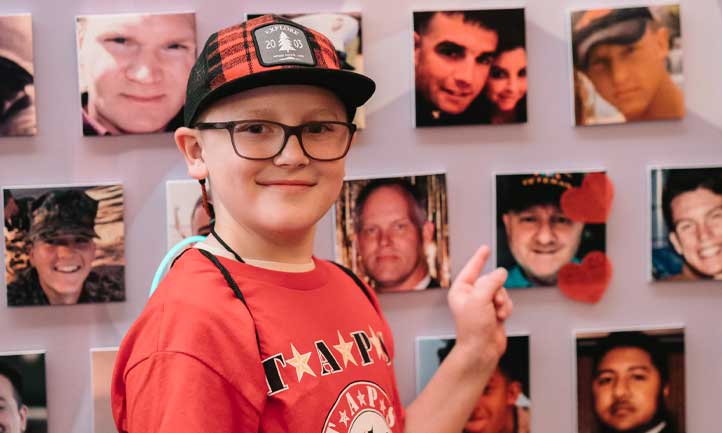
TAPS Youth Programs
TAPS Youth Programs can support grieving children and teens of all ages and grief styles, and support you as their parent or guardian. Our programming and events cater to growing up with grief.
Visit TAPS Youth Programs to learn more about how TAPS supports grieving children of all ages and their parents or guardians.
Andy McNiel, MA, is the Senior Advisor, TAPS Youth Programs.
Photos: TAPS Archives
